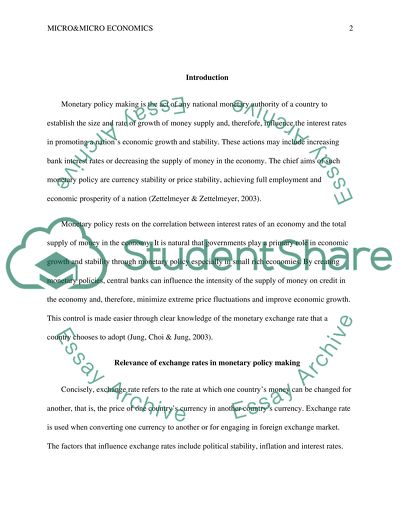Cite this document
(“Relevance of exchange rates in monetary policy making Essay”, n.d.)
Relevance of exchange rates in monetary policy making Essay. Retrieved from https://studentshare.org/macro-microeconomics/1495760-why-are-exchange-rates-relevant-for-monetary
Relevance of exchange rates in monetary policy making Essay. Retrieved from https://studentshare.org/macro-microeconomics/1495760-why-are-exchange-rates-relevant-for-monetary
(Relevance of Exchange Rates in Monetary Policy Making Essay)
Relevance of Exchange Rates in Monetary Policy Making Essay. https://studentshare.org/macro-microeconomics/1495760-why-are-exchange-rates-relevant-for-monetary.
Relevance of Exchange Rates in Monetary Policy Making Essay. https://studentshare.org/macro-microeconomics/1495760-why-are-exchange-rates-relevant-for-monetary.
“Relevance of Exchange Rates in Monetary Policy Making Essay”, n.d. https://studentshare.org/macro-microeconomics/1495760-why-are-exchange-rates-relevant-for-monetary.


